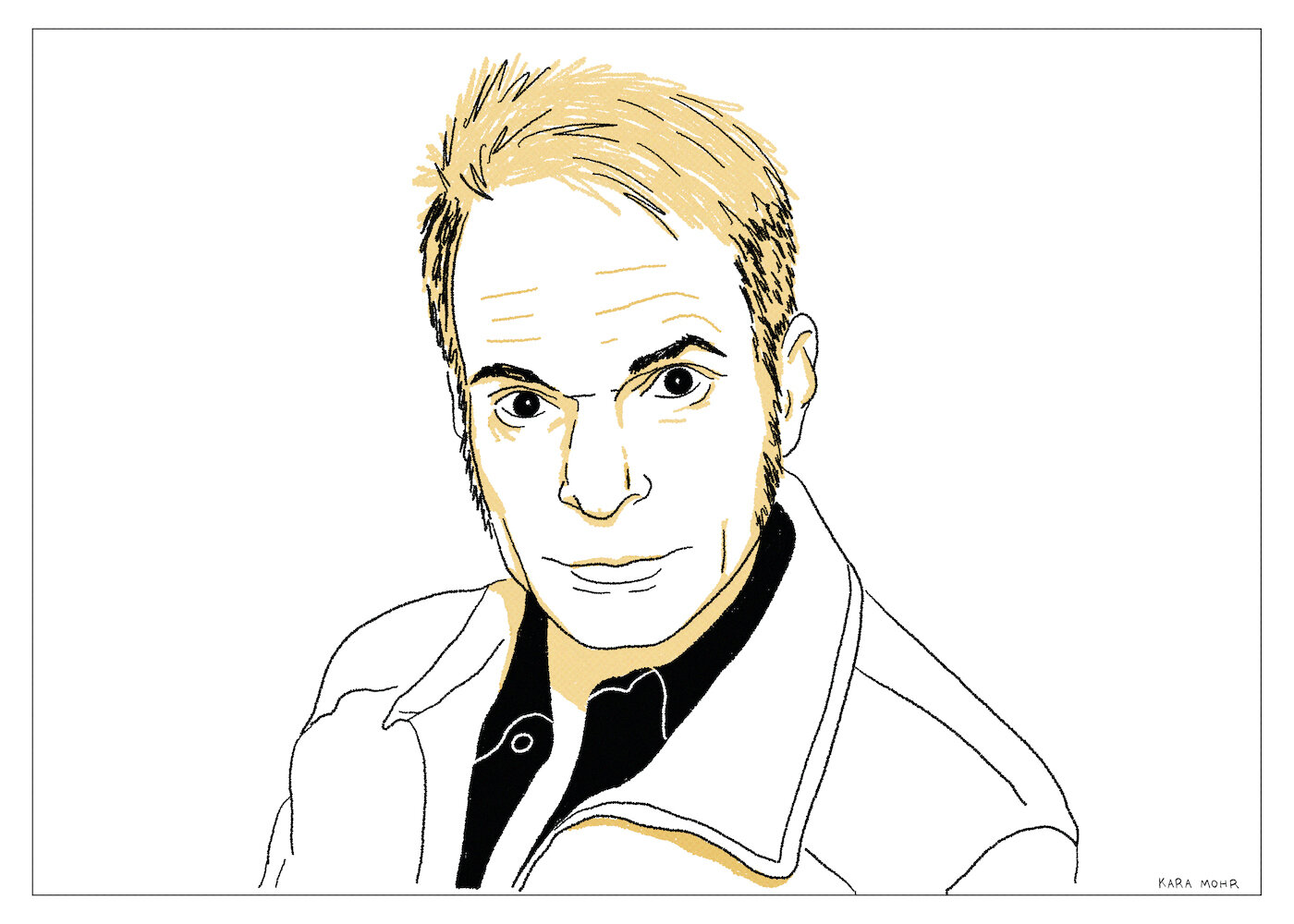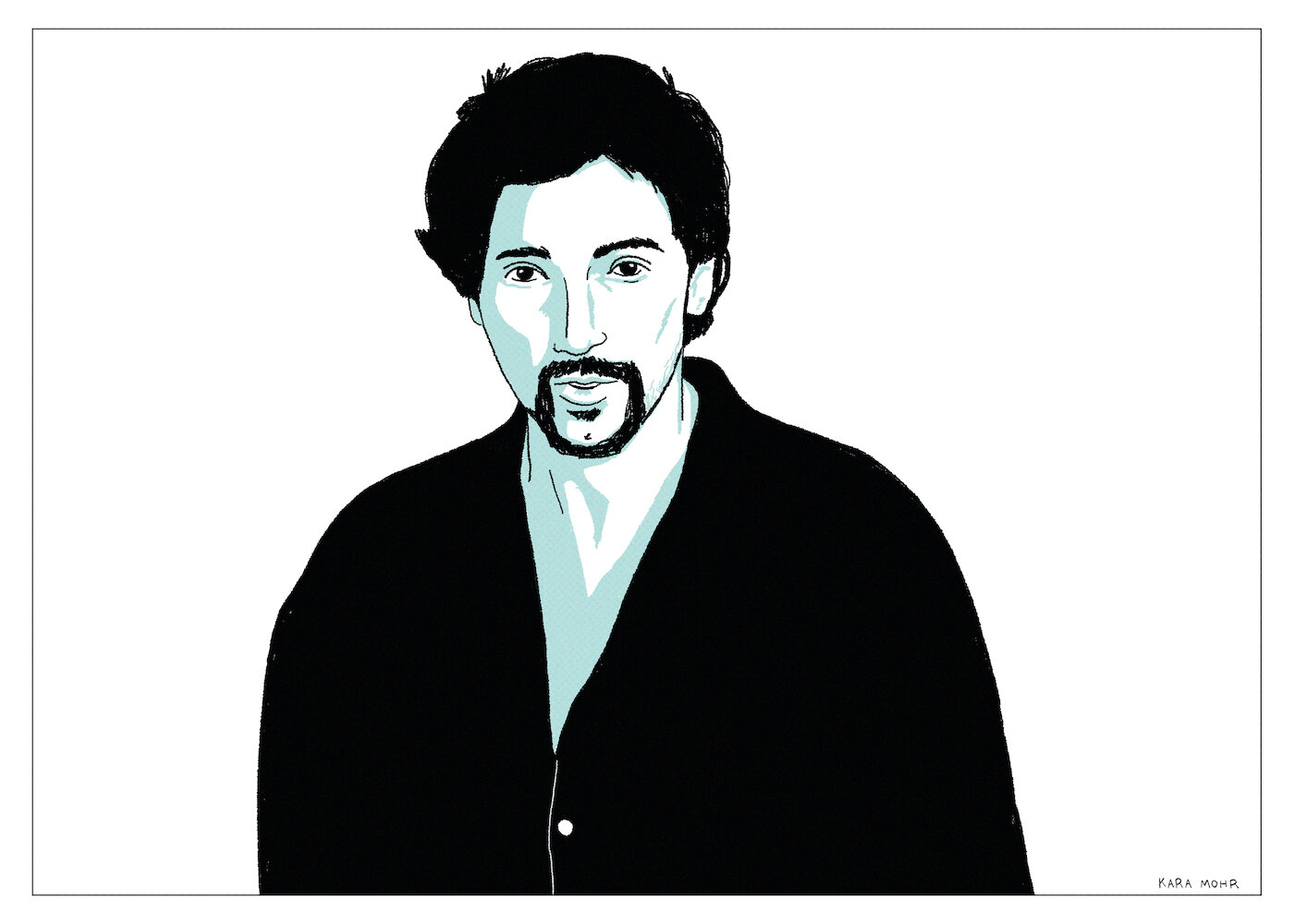
John Mellencamp “Mr. Happy Go Lucky”
He gave us so much. He gave us “Jack and Diane,” “Hurts So Good” and “Pink Houses.” But then, in 1994, he gave us all a little scare when his four pack a day habit caught up with him. He was forty three, had a hell of a run on the charts and married a super model. It seemed like it might be the end. But then, in 1996, stripped of bravado, Mellencamp returned to the heartland between Americana and what would eventually be the sound Matchbox 20.

Elvis Costello “Painted from Memory”
He was a nerd’s hero -- a smarty-pants who somehow became cool despite the glasses. But intelligence can become a block from emotional connection. Seething is a young man’s game. Costello was reaching down into the tradition of popular song for fuel. Burt Bacharach came from the era when it was more of a job and less of a revolution. Costello had street cred more than hits. Bacharach had hits more than street cred. They both needed each other.

Richard Thompson “Rumor and Sigh”
If there has ever been an artist who completely sustained their prime for an entire career, it is Richard Thompson. His highs are not as high as Dylan’s. And his finest records are not perfect in the way that, say, “Astral Weeks” is. But while his peaks are not as high, his consistency is almost unprecedented. What is the “best” Richard Thompson album? Was it 1974s “I Want to See the Bright Lights Tonight”? Was it 1982s “Shoot Out The Lights”? 1999s “Mock Tudor”? Or was it, as many would say, 1991s “Rumor and Sigh”?

David Lee Roth “Your Filthy Little Mouth”
Any way I looked at it, the road led here. I couldn’t just go on listening to the tasteful, critically correct middle-aged stuff, could I? No. I knew at some point soon, that I’d have to eat the dog food. And so, last night, with genuine trepidation, I pressed play on David Lee Roth’s 1994 album, “Your Filthy Little Mouth.” Spanning metal, jazz, cabaret, reggae (don’t ask) and blues, the album is equally ambitious, aimless, slick, cheap, loud, fun, boring, safe and a complete mess.

Bob Seger “The Fire Inside”
Bob Seger has this trick where he basically lets two chords of guitar syncopate to a simple beat, repeating themselves, gradually building momentum until you want him to howl to just break the tension. And you know what Seger does, then? He fucking howls. He gives you what you want. It’s an indefensible trick. It’s like Kareem’s sky hook. Why didn’t Kareem only shoot his sky hook? The answer lies on Seger’s fourteenth studio album, “The Fire Inside.”

Tom Waits “Bone Machine”
Bob Dylan was known for his disappearances. He is unknowable. Tom Waits is sort of the opposite of Dylan, one of his many heroes. Tom Waits is the accumulation of everything. He’s Andy Kauffman. He’s Bob Dylan. He’s Jackson Pollack. He’s Jack Kerouac. He’s Marlon Brando. He’s Captain Beefheart. He’s a drunk pawnbroker. He’s a hobo. He’s a nowhere, nobody jazz singer. He’s an actor. He’s a lounge lizard. In fact, Tom Waits might be the most accomplished artist of the later 20th century.

Michael Jackson “HIStory”
“HIStory” is the tipping point, where Michael’s work becomes a very defensive offense against his attackers and where he loses that thing that got us dancing in the first place. It is so much a response to headlines, that if you remove the context, some of these songs are just skeletal thumps and ‘hee-hee’s” echoing in the dark. “HIStory” is either awash in the goopiest of ballads or screaming at oppressors. He’s really turned into your tragic uncle who cries when he’s drunk.

Sting “The Soul Cages”
This is the middle-aged therapy album. Not the raw scream “Mama don’t go” therapy of 1970 John Lennon. This is erudite stuff, real necktie and monocle material. A concert of this album would be advertised as “An Evening with Sting” and you could watch it seated. Once a spike-haired rock god, Sting was standing on the precipice of Adult Contemporary, and he was unafraid.

David Bowie “Black Tie, White Noise”
After two bad albums Bowie was on the ropes. So, he decided not to come back as a solo artist, but as a humble member of a band called Tin Machine that everyone called “Shit Machine” behind his back. He went from the coolest guy on the planet to the guy no one would sit with in the school cafeteria. Ever the chameleon, though, newlywed Bowie shifted again. He returned in 1993 as a solo artist with the kind of loud, kind of danceable, “Black Tie, White Noise.”

Bruce Springsteen “Human Touch”
In 1992 that after a five year absence, Bruce returned with two separate albums. He was an artist adrift, cast away from his bandmates, married for the second time, happy at last, but separated from his muse. On, “Human Touch”, we hear an exhausted attempt to keep going as a rocker, and on “Lucky Town”, we get an uneven breakthrough to the way forward. We are going to examine the former. Why? To honor the struggle.

Eric Clapton “Journeyman”
Is Eric Clapton god, as Londoners of the 60s claimed? Is he the world’s greatest guitarist? Is he a good songwriter? Can he even sing? Honestly, I have no clue. Without question, though, his most underrated talent is his fashion sense. In 1989, Clapton wore tortoise shell glasses and carried himself like the love child of Sting and Indiana Jones. Shit, he looked good. And I don’t mean “cool.” I mean “good.” BMW advertisement good. 1989 was also the year Clapton released his eleventh solo album, “Journeyman.”

Tom Verlaine “The Wonder”
Following an increasingly sporadic period, in 1990 Tom Verlaine released his sixth solo album, “The Wonder.” The album is not commercially available anymore. Actually, it’s not clear that Tom Verlaine wanted the album to be released in the first place. The sound of this album could be described as “thin” or “cold” in the way that New Wave sounds when it veers into Adult Contemporary. Plus, Tom’s spoken word delivery could easily be mistaken for terrible rap. He also started wearing berets a lot around this time.
